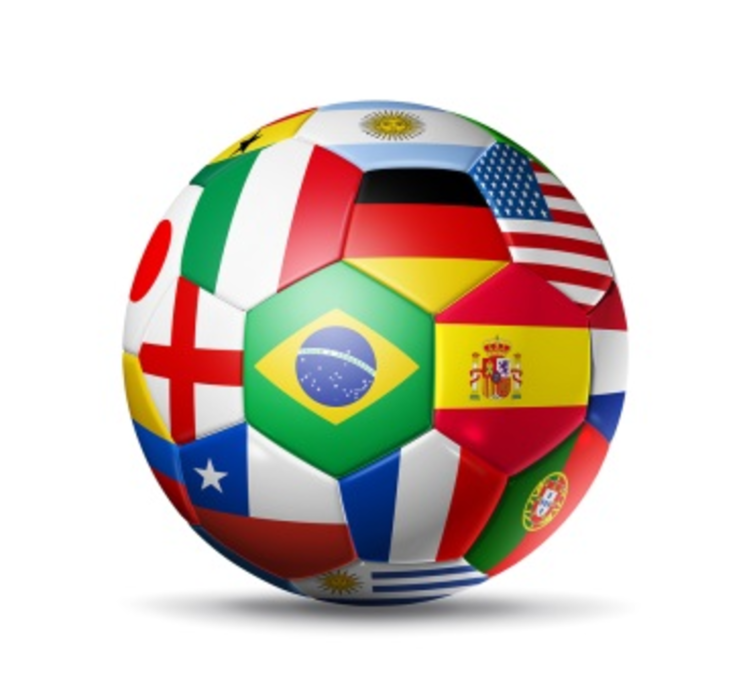The 2014 FIFA World Cup will kick off June 12 in Brazil with 32 teams competing for the championship title, a predicted one billion viewers of the finals, and an estimated 1.73 billion social network users around the globe. Those numbers add up to big opportunity for marketers looking to ride the social media wave of the tournament.
“The World Cup gets a lot of people out of their day-to-day activities; it gives them something to be excited about and to band together around,” says Cole Sletten, senior art director at digital marketing firm Ready Set Rocket. “Social media does the same thing, so it’s a perfect combination for marketers.”
Naturally, when consumers take an interest in major events there’s bound to be social media buzz and opportunity for marketers to create relevant campaigns and connect with fans. “The drive to celebrate will make people want to share more than normal,” Sletten says. “The World Cup promotes sharing behavior that you don’t see all the time, and that’s golden [for marketers].”
The self-proclaimed soccer fan says marketers don’t need to wait until kickoff to leverage the World Cup social media buzz. Sletten shares four ways marketing strategists can get in on the social action.
1. Expect the unexpected
With every major event, Sletten says, there are unexpected breakout moments and trends. Marketers should be aware and prepared to identify those spontaneous elements and then use them in their campaigns. “There’s always one unexpected thing that becomes the thing everybody talks about, and it’s not always about the sport.” Sletten says marketers should monitor the event closely and jump on trending topics that mesh with the brand, and then draw a link for consumers. “There are a lot of topics, such as fashion trends, that happen outside of the game that are very much a part of the World Cup party that would be good to leverage for your brand.”
2. Understand the game
With knowledge comes power—and in this case Sletten says a deep understanding of the World Cup will enable marketers to identify the most opportune time for a social campaign. He notes that some of the best times may not be during the soccer matches. “It’s really important to understand the tournament calendar.”
Sletten explains that the tournament is divided in two parts. The first half consists of tournaments every day where each team plays at least three times, hence the huge global audience and feeling of celebration. “All the teams are represented, so that’s when brands need to establish themselves on social media simply because that’s when all of the fans are involved.” Sletten warns that the second half of the tournament is not as continuous and may be harder to plan campaigns for without consistent attention. He says that, in addition, marketers should monitor attention spikes around game time, particularly in the hour leading up to the game. “Consider the hour before the game that magic hour; fans are waiting and killing time.” He says that downtime can prove favorable for marketers and their messages.
3. Acknowledge the hot-button issues
Despite the World Cup’s celebratory nature, major events often spark controversy. Marketers should monitor hot-button issues that may stem from the event and address the concerns of their audience in numerous channels, including social. “Leading up to the World Cup, we’ve already seen protests and some discomfort about [the amount] of money being spent around this tournament while there’s [high] poverty [in Brazil],” Sletten explains. “Listen to your fan base, and see if these issues are important to them. Then, be bold enough to talk about it [on social media].” He says that staying in the middle might upset customers and harm a brand, rather than help.
4. Understand U.S. soccer culture
Soccer fans in the United States have a unique culture that differs from that of World Cup fans around the globe. “It’s important for brands to know that U.S. soccer culture is unique from the rest of the world,” Sletten points out. He says game watchers in the U.S. are Web-driven, second screeners and knowing that will help marketers craft social campaigns. “An American soccer fan is going to be very social. They’ll get a bulk of their soccer news [and updates] from the Internet and Twitter, not traditional media. So anything that brands can share that can be passed along is incredibly valuable.”








